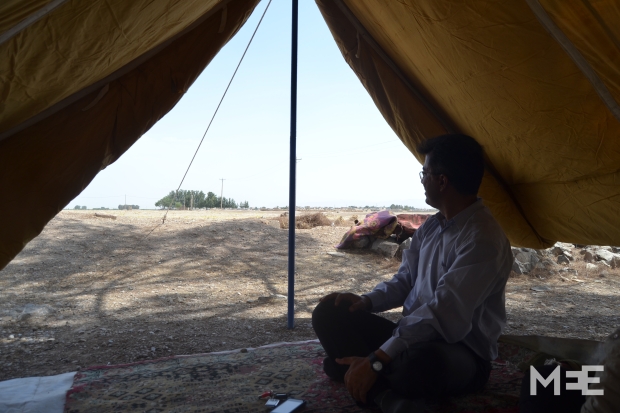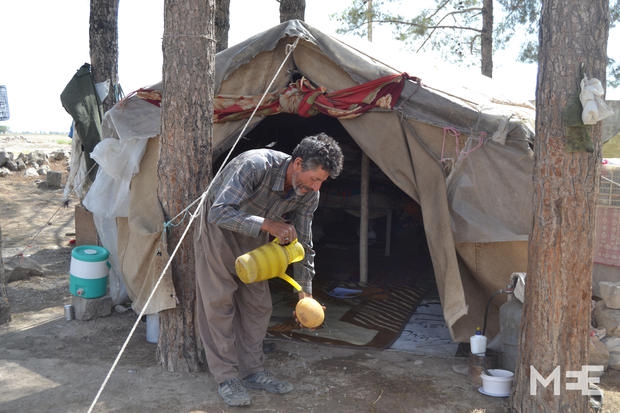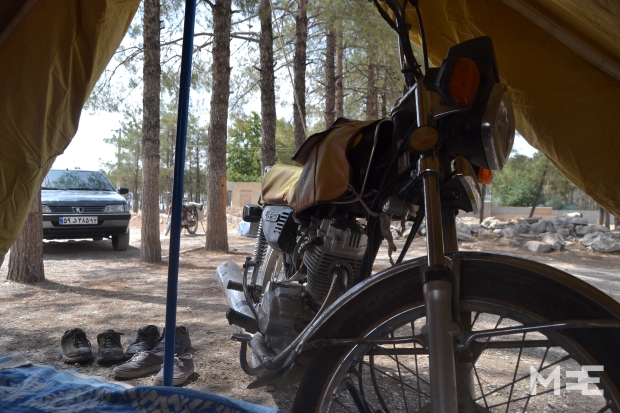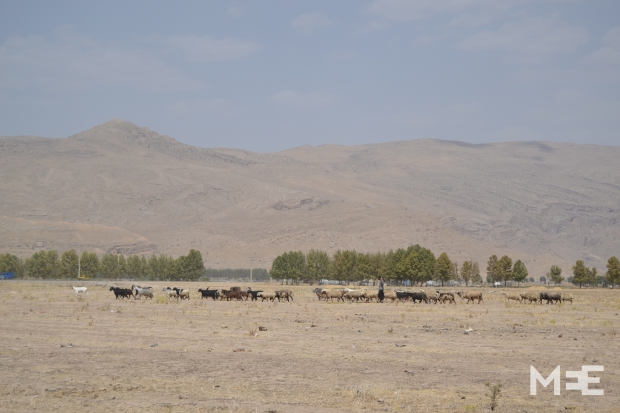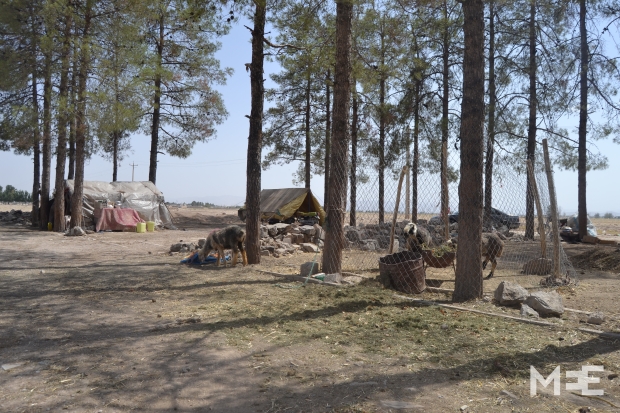Nomads of Iran cling to a disappearing way of life
Mohammad Azadpour lives in Shiraz, a southern Iranian city famed for its stunningly ornate mosques and buildings located just a few miles from the Persian Gulf.
Along with his three sisters and four brothers, Azadpour is the first generation of his family to give up the nomadic lifestyle and settle down and plant roots. His ancestors were all nomads until his parents decided finally to settle their family in Shiraz, some years ago.
“They were tired of struggling, and the reality of being a nomad was becoming increasingly difficult," he told Middle East Eye. "Even providing their children with an education and ensuring they were able to learn basic things, like the alphabet, was complicated because teachers came from the cities and villages and were not used to the nomads’ lifestyle. They couldn’t stand it and the tribes were always running out of teachers."
Today Azadpour works in the tourism sector and is trying to find a way to implement elements of ecotourism in the area of Shiraz. In his spare time, he is also writing a book about the Iranian nomads.
There are estimated to be around 1.5 million nomads living in Iran today, although the figure is gradually decreasing. In 1986 there were 1.8 million people registered as nomads. One of the most well-known nomadic groups is the Qashqai, which is a kind of tribal confederation of different ethnic groups.
Azadpour said he likes being settled down, but he can’t break the bond that ties him to the nomadic life. That’s why he sometimes pays a visit to the small nomadic tribe formed by Mehrangis and Mokhtar, married nomads from a Persian tribe of the Fars region called Basseri. Mehrangis and Mokhtar move around with two tents. They use one for sleeping in and the another for cooking and storing their belongings, including occassionally sheltering their two horses and lambs.
From time to time the couple decide to incorporate modern elements of living into their bedouin lifestyle - including their motorbikes.
For a part of the year, the couple live near the tourist attraction of Persepolis, the main city of one of the greatest empires in history during its golden age, which was inhabited thousands of years ago by the King of Kings Xerxes and destroyed by the Macedonian King Alexander the Great, conqueror of the Persian Empire.
Mehrangis and Mokhtar are not entirely happy with the way they are living and told MEE that none of the governments since the Iranian Revolution have helped the nomad tribes as they require.
“Therefore, it seems that our modus vivendi (way of living) is destined to disappear," says Mokhtar.
They complained that the locals from Persepolis receive aid from the government in order to maximise tourism but, in contrast, the nomads are not being helped enough by the Iranian institutions.
“Besides, the infrastructures developed all over the country are limiting our movements and it’s becoming more and more difficult to move around," Mokhtar and Mehrangis pointed out.
They move according to the seasons, heading north in summer and south in winter, covering a distance of almost 5,000 miles that they complete after more than 70 stops on the way.
Mehrangis and Mokhtar, though, have got an extra handicap when moving around: their only child died three years ago and, since then, it’s been hard for them to go back to where their son passed away.
Either way, after struggling for so many years, they are not willing to change their lifestyle now and hope their demands can be heard. “We are concerned about our situation but we will keep on moving," Mehrangis and Mokhtar said.
New MEE newsletter: Jerusalem Dispatch
Sign up to get the latest insights and analysis on Israel-Palestine, alongside Turkey Unpacked and other MEE newsletters
Middle East Eye delivers independent and unrivalled coverage and analysis of the Middle East, North Africa and beyond. To learn more about republishing this content and the associated fees, please fill out this form. More about MEE can be found here.


